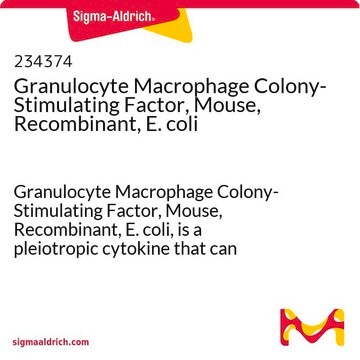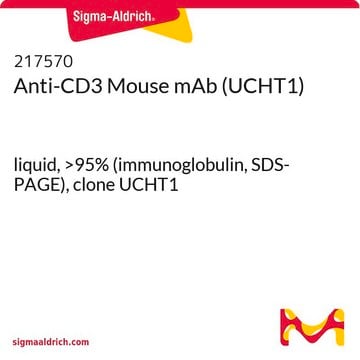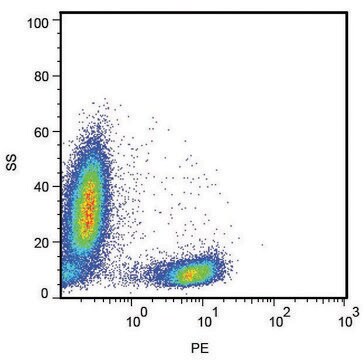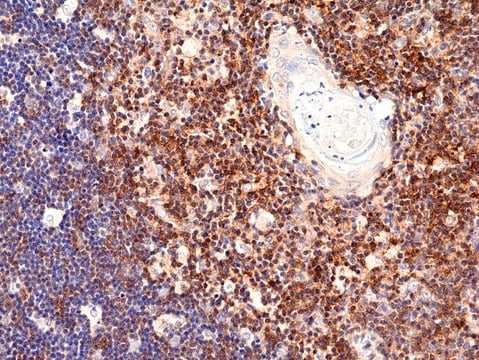MABF2089
Anti-CD28 Antibody, clone 37.51
clone 37.51, from hamster(Syrian)
Sinónimos:
T-cell-specific surface glycoprotein CD28
About This Item
Productos recomendados
origen biológico
hamster (Syrian)
forma del anticuerpo
purified antibody
tipo de anticuerpo
primary antibodies
clon
37.51, monoclonal
reactividad de especies
mouse
envase
antibody small pack of 25 μg
técnicas
flow cytometry: suitable
immunoprecipitation (IP): suitable
western blot: suitable
Nº de acceso NCBI
Nº de acceso UniProt
modificación del objetivo postraduccional
unmodified
Información sobre el gen
mouse ... Cd28(12487)
Descripción general
Especificidad
Inmunógeno
Aplicación
Flow Cytometry Analysis: A representative lot detected CD28 in Flow Cytometry applications (Gross, J.A., et. al. (1992). J Immunol. 149(2):380-8; Krummel, M.F., et. al. (1995). J Exp Med. 1;182(2):459-65).
Immunoprecipitation Analysis: A representative lot detected CD28 in Immunoprecipitation applications (Gross, J.A., et. al. (1992). J Immunol. 149(2):380-8).
Western Blotting Analysis: A representative lot detected CD28 in Western Blotting applications (Gross, J.A., et. al. (1992). J Immunol. 149(2):380-8
Calidad
Flow Cytometry Analysis: 1 µg of this antibody detected CD28 in 1X10E6 EL-4 T lymphoma cells.
Descripción de destino
Forma física
Otras notas
Not finding the right product?
Try our Herramienta de selección de productos.
Código de clase de almacenamiento
12 - Non Combustible Liquids
Clase de riesgo para el agua (WGK)
WGK 2
Punto de inflamabilidad (°F)
Not applicable
Punto de inflamabilidad (°C)
Not applicable
Certificados de análisis (COA)
Busque Certificados de análisis (COA) introduciendo el número de lote del producto. Los números de lote se encuentran en la etiqueta del producto después de las palabras «Lot» o «Batch»
¿Ya tiene este producto?
Encuentre la documentación para los productos que ha comprado recientemente en la Biblioteca de documentos.
Nuestro equipo de científicos tiene experiencia en todas las áreas de investigación: Ciencias de la vida, Ciencia de los materiales, Síntesis química, Cromatografía, Analítica y muchas otras.
Póngase en contacto con el Servicio técnico








